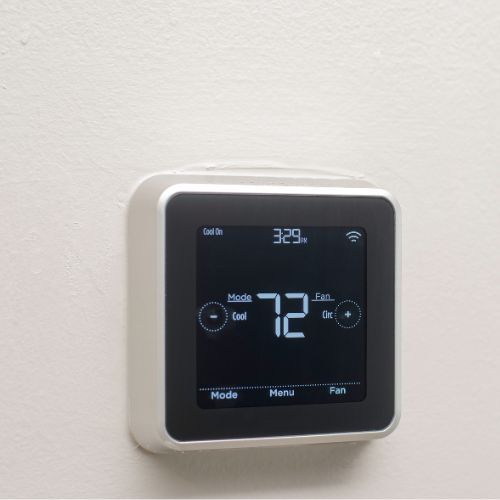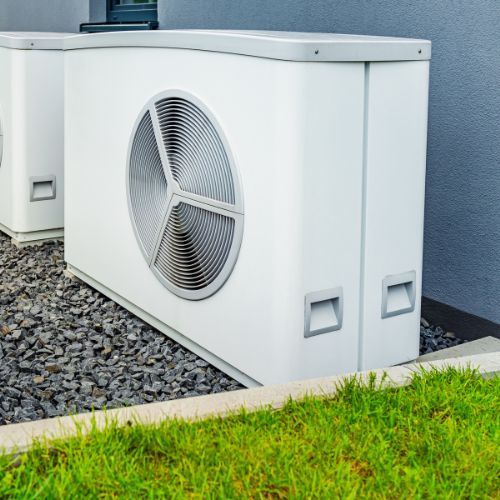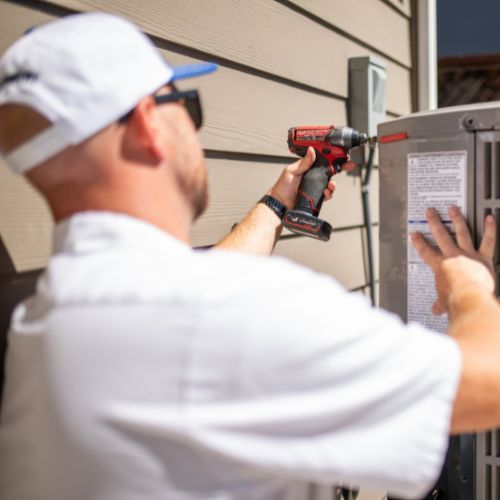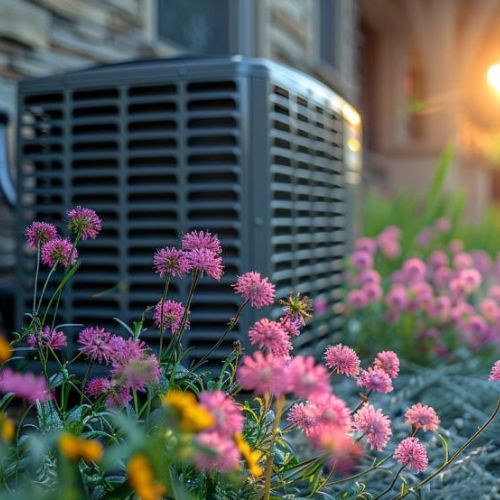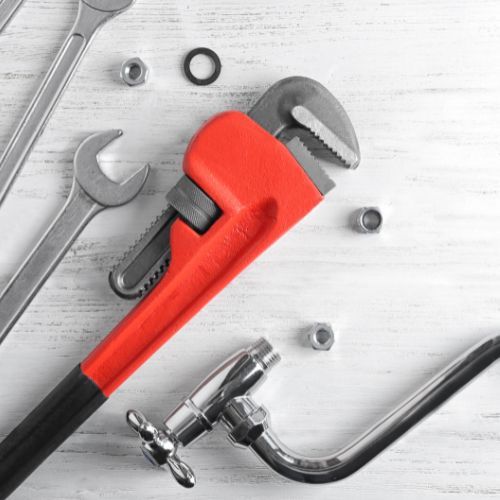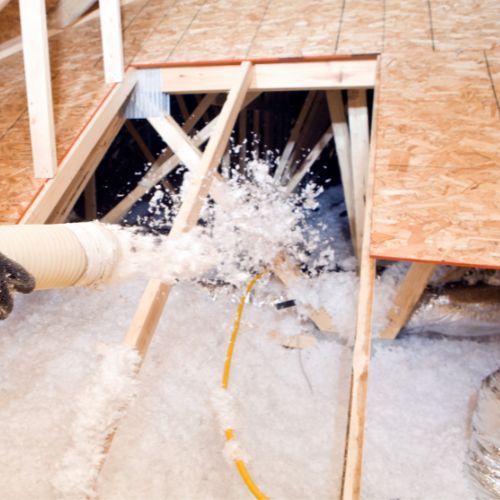Do Smart Thermostats Work Without Wi-Fi?
Yes, smart thermostats generally need WiFi to work to their full potential. Without a WiFi connection, many of their advanced features—like remote control, learning algorithms, and energy usage insights—won’t be accessible. However, basic temperature adjustments can often still be made manually.
This blog will delve into the ins and outs of how smart thermostats function, when WiFi is a must-have, and what your options are for the best smart thermostats, including the Amazon, Honeywell, and Ecobee smart thermostats. Let’s explore how these devices can save you energy, money, and effort.
What Are Smart Thermostats?
Smart thermostats are modern versions of traditional thermostats, allowing you to manage the heating and cooling of your home. According to GVS Smart, these devices use technology to learn your habits and preferences, adjust temperatures based on your routine, and help you save on energy bills. The “smart” part of smart thermostats is their ability to connect to your WiFi network, enabling remote control from a smartphone, tablet, or voice assistant.
Do You Smart Thermostats Really Need WiFi to Work?
If you’re wondering if WiFi is absolutely essential, the answer is mostly yes. Without WiFi, a smart thermostat is essentially a more expensive version of a traditional thermostat. Here’s a breakdown of what you’ll miss without WiFi:
- Remote Control: One of the biggest selling points of smart thermostats is the ability to control them from anywhere. Whether you’re at the office or on vacation, adjusting the temperature from your phone requires a WiFi connection.
- Learning Capabilities: Many smart thermostats, like the Ecobee Smart Thermostat, learn your schedule and adjust temperatures accordingly to optimize comfort and energy savings. This requires a continuous internet connection.
- Energy Reports: WiFi-enabled smart thermostats provide you with detailed energy usage reports. The Honeywell Smart Thermostat is known for its intuitive interface that gives real-time energy data. Without WiFi, you won’t get these insights.
- Smart Home Integration: Devices like the Amazon Smart Thermostat allow seamless integration with smart home systems like Alexa, Google Assistant, and Apple HomeKit. Without WiFi, you lose voice control and automation features.
It is also essential to choose trusted smart thermostats installation experts, such as Elevated Comfort, to ensure your savings and comfort are maximized.
How to Choose the Best Smart Thermostat for Your Home?
When picking the best smart thermostat, you should consider the following:
- Compatibility: Not all smart thermostats work with every HVAC system. Check your system’s compatibility with the smart thermostat you’re considering.
- Smart Features: Decide which features are most important to you. Do you need voice control? Are detailed energy reports a must-have?
- Ease of Installation: Some thermostats, like Amazon Smart Thermostat, are easy to install with clear instructions, while others might require professional help.
To learn more about choosing a smart thermostat for your home, choose reliable smart thermostat installation services.
Tips to Make the Most Out of Your Smart Thermostats
- Set a Schedule: Take advantage of scheduling features to set temperatures according to your daily routine. You can keep it cooler at night and warmer during the day to save energy.
- Use Geofencing: Many smart thermostats offer geofencing, which adjusts the temperature when you’re away from home. This can be a great way to reduce heating and cooling costs without lifting a finger, especially when you’ve already left home, only to realise you forgot to turn off your thermostat.
- Enable Learning Mode: If your thermostat has learning capabilities, let it learn your preferences for a couple of weeks before making manual adjustments. This will optimize its energy-saving potential.
- Utilize Voice Commands: If your thermostat integrates with a smart assistant, use voice commands for quick adjustments without getting up. This works best with WiFi-enabled devices like the Amazon or Honeywell smart thermostats.
It’s crucial to know that your thermostat is only as good as the technician who installs it. Poor installation can lead to frustrating long-term issues with your thermostat, such as damage to your HVAC systems. Get in touch with trusted technicians at Elevated Comfort to ensure your safety and comfort for the years to come!
Best Smart Thermostats to Consider
Here’s a closer look at some of the best smart thermostats on the market:
1. Amazon Smart Thermostat
The Amazon Smart Thermostat is a budget-friendly option that’s perfect for those who already have Alexa-enabled devices. It offers reliable performance with basic scheduling and smart home integration. It’s not as advanced in learning your habits as other brands, but it gets the job done for those who want to keep things simple.
Actionable Tip: If you choose the Amazon Smart Thermostat, make sure to pair it with an Alexa device for voice control. This will allow you to adjust settings hands-free, but remember, WiFi is necessary to enjoy all the smart features.
2. Honeywell Smart Thermostat (T9)
The Honeywell T9 is a top-notch smart thermostat for larger homes. It supports room sensors, allowing you to control temperatures in individual rooms for customized comfort. It’s compatible with most HVAC systems and integrates well with Alexa and Google Assistant. The Honeywell T9 is known for its reliable scheduling and geofencing capabilities, adjusting temperatures when you’re away to save energy.
Actionable Tip: Install the Honeywell Home app to monitor and adjust your thermostat from anywhere. If you live in a multi-story home, consider adding extra room sensors for precise temperature control.
3. Ecobee Smart Thermostat Premium
The Ecobee Smart Thermostat Premium is one of the best smart thermostats you can buy, offering advanced features like built-in Alexa, air quality monitoring, and energy-saving recommendations. It’s known for its powerful learning capabilities, adjusting to your routine and ensuring optimal comfort while cutting down on energy costs.
Actionable Tip: Pair the Ecobee with remote room sensors to get the most out of its smart features. Its intuitive interface and voice integration make it an excellent choice for tech-savvy homeowners.
Learn more about which smart thermostat is best for your home by getting in touch with seasoned technicians such as the team at Elevated Comfort.
Frequently Asked Questions
Can a smart thermostat work without WiFi?
Yes, most smart thermostats can still operate without WiFi, but you’ll lose features like remote access, energy reports, and smart home integration.
How much can I save with a smart thermostat?
Depending on your usage and how well the thermostat optimizes your heating and cooling, you can save up to 10-15% on energy bills annually.
Are smart thermostats easy to install?
Many are DIY-friendly, like the Amazon Smart Thermostat, but some models, especially those with more advanced features, may require smart thermostat installation services.
Final Thoughts
Smart thermostats are a fantastic way to add comfort and efficiency to your home. While WiFi isn’t absolutely essential, it’s a game-changer for unlocking the full suite of smart features like remote control, energy monitoring, and smart home integration. Whether you choose a good smart thermostat with advanced features, you choose safety and comfort for your family.
At Elevated Comfort, we specialize in optimizing your home’s heating and cooling needs. Ready to make the switch to a smart thermostat and start saving on energy bills? Reach out to us today for expert advice and professional installation. Your comfort is our priority!
